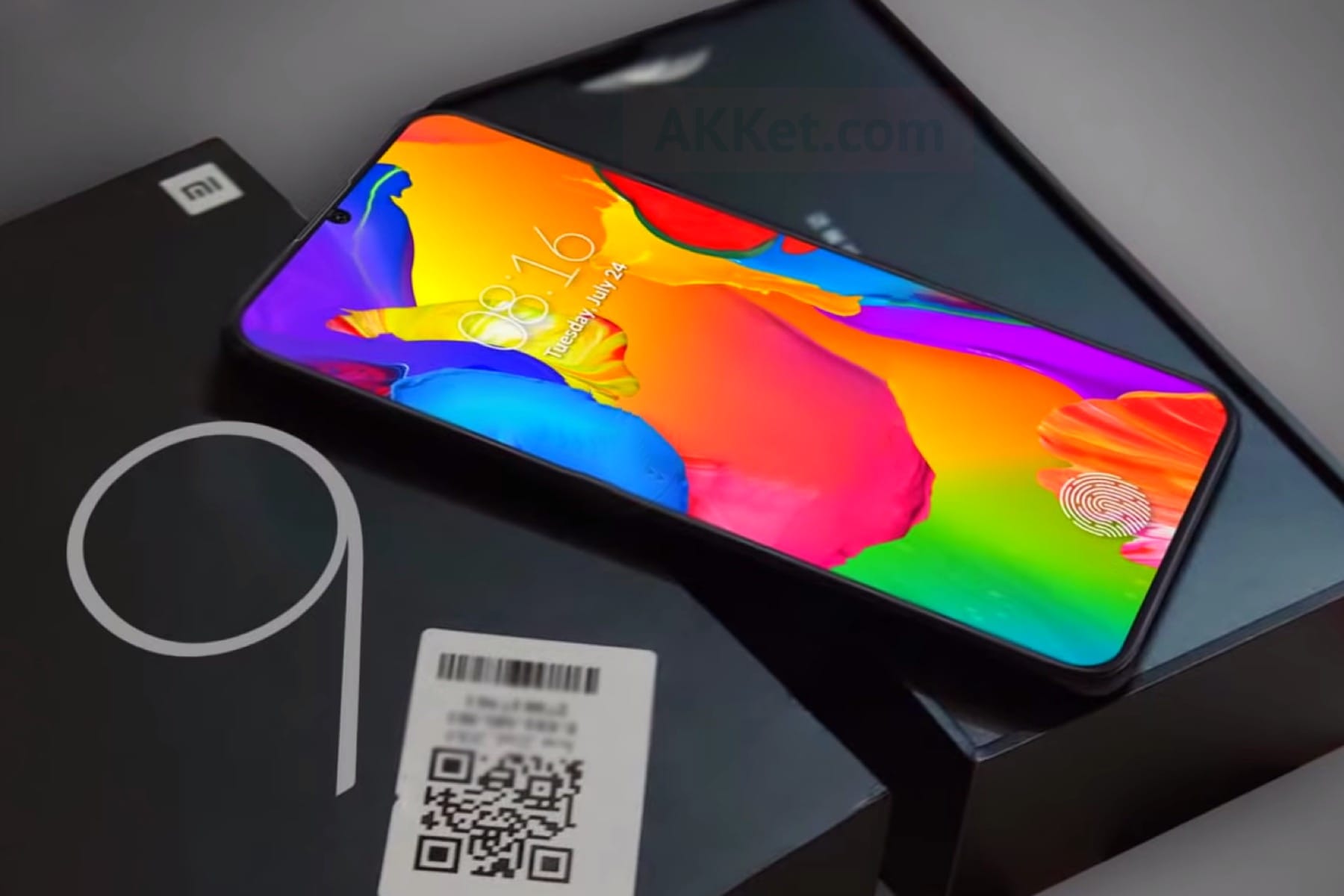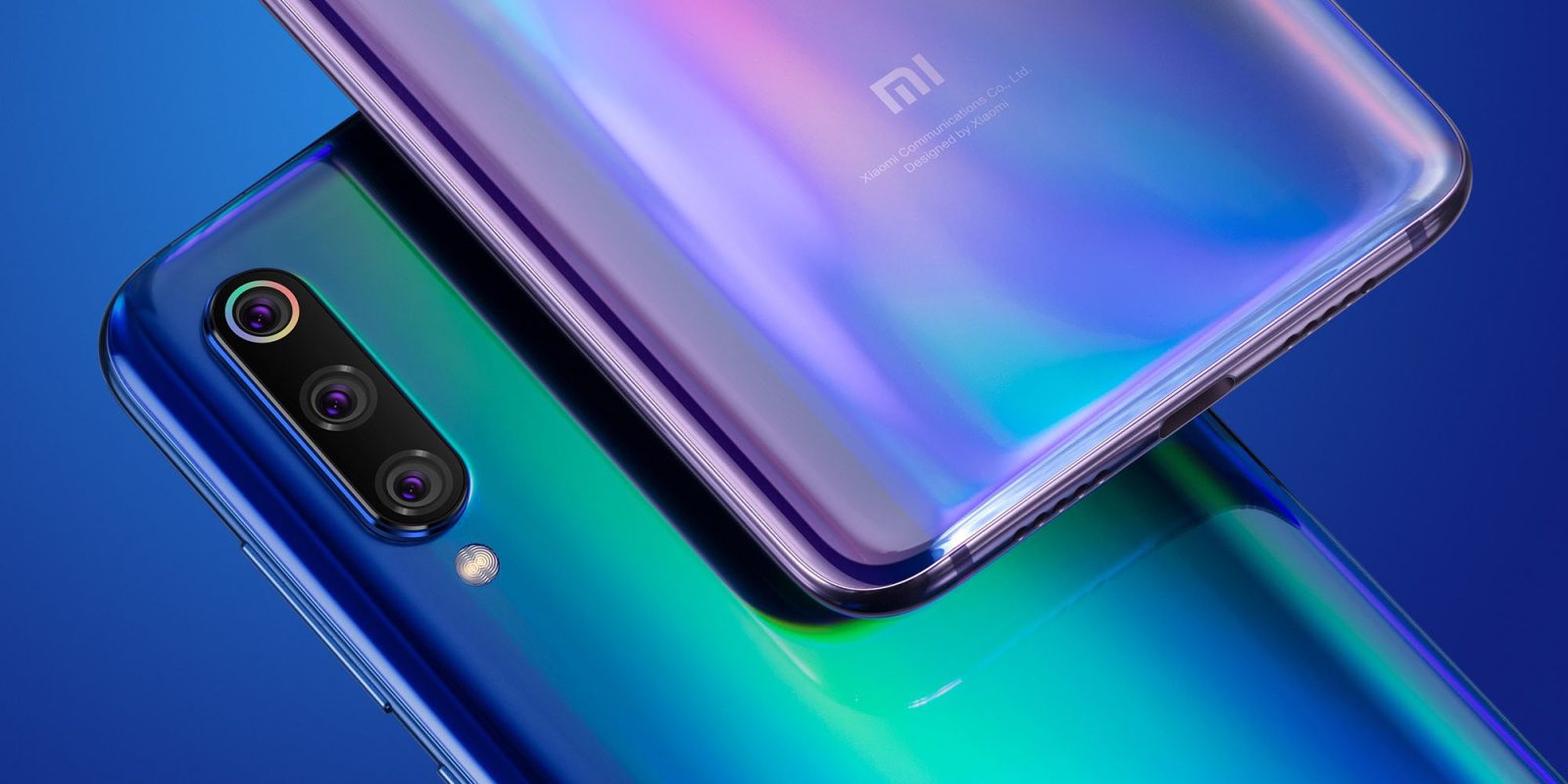Xiaomi shook the market with the launch of its latest top of the range, the Mi 9. Already with the Xiaomi Mi 8 – which we tried a few days ago – the Chinese company had done a great job, with a device that is still valid today, but with the latest arrival the level has increased even more. Xiaomi has again focused on a simple but pleasant design, but added some goodies that could make the difference like a triple camera and wireless charging.
Unboxing and first impression
Xiaomi Mi 9 arrives in a beautiful box with an iridescent color and with a pretty good endowment. The color of the box recalls the play of reflections from the ring around the camera and it is a small detail that I liked. Included are …
- Silicone cover
- 12V / 1.5A charger
- Usb-c adapter / audio jack
- Usb / usb-c cable
Just picked up, Xiaomi Mi 9 looks like a small ingot. Very shiny and slippery but at the same time precious, the advice is to use it immediately with the supplied cover otherwise it could fall very easily.
You immediately notice the protuberant photographic module, and not a little: even with the cover the camera will protrude and will always be at risk of scratches. With the cover it is avoided, however, that too much is unbalanced if it is used on a flat surface, while “naked and raw” will dance a lot.
The physical finger sensor disappears, the back becomes cleaner but still not too sophisticated. In terms of design, I wouldn’t call it beautiful since it lacks a bit of personality in the lines, but the very glossy and not too dark color makes it different from the mass.
The construction is impeccable, the materials are excellent: Xiaomi has done a great job and feels that this device is a real top of the range for the company. The glass on the back is rounded and blends well with the polished metal frame. Sin is not certified as waterproof.
Different speech for size: I’m right in the middle, it’s not a pan, it’s not compact. I prefer even smaller devices, but we are in full standard with respect to current trends.
Display
The Xiaomi Mi 9 display is definitely a strong point: it is a 6.39″ AMOLED with FHD + (2340 × 1080) HDR10 resolution, 60000:1 contrast and protected by a Corning Gorilla Glass 6.
Even if some top of the range went beyond this resolution (see the latest Galaxy S10), there was no occasion where I felt the need to have a few more pixels. It is simply a great display in virtually every area, behind only the latest Dynamic AMOLEDs from Samsung that have marked a new level of excellence.
Absolute blacks, excellent contrast, vibrant but not fake colors: there is everything you need to have an excellent display. The only aspect not up to the panel is the light sensor: if the maximum brightness is high and the minimum is very low (perfect in total darkness, perhaps at night in bed), I cannot be satisfied with the automatic management with half lights.
In the interior, at night, the sensor simply does as it pleases: sometimes it shoots the brightness more than it should, sometimes instead it keeps it too low. As far as I seemed to understand, it is too sensitive to light sources, so if we turn so that the light of a chandelier is in the direction of the sensor then the brightness will rise a lot, well beyond what is necessary, but then just turn around a minimum to make it drop more than it should, despite the amount of light inside the room does not change. Probably it is a youth defect that can be fixed in the future with software updates.
The lower chin has been drastically reduced and even the notch has changed, now it is much smaller with this teardrop design, it loses a bit of 3D unlocking sensors but the face unlock remains available but in 2D mode, less secure but always fast (no, it doesn’t unlock with a photo, at least in my case): all these changes make the display more “immersive”.
Hardware
Reading the technical data sheet of this Xiaomi Mi 9 you can only be positively surprised: the new Qualcomm Snapdragon 855 processor made at 7 nm makes its debut, which proves to be a monster of power but above all as regards consumption (of which we will talk later).
The test model is the one in its basic configuration with 6 GB of RAM and 64 GB of internal memory (without the microSD slot), but the configurations reach up to 8 GB of RAM and 128 GB of internal memory.
The data sheet is then completed with Adreno 640 GPU, dual-SIM capability, LTE Gigabit, Dual Band Wi-Fi, Bluetooth 5.0, NFC, dual-band GPS, fast charging via USB-C from 27W and also fast wireless charging from 20W.
The thing that was missing on the Mi 8 and that makes me happy to find on the new model is the infrared sensor to control the various home devices, such as TVs and air conditioners. One of those comforts that you can’t give up once you try.
There is also a tiny notification LED on the top of the display, a little on the right: it works in recharge and when notifications are received, but it’s really only noticeable at night. By day it is practically invisible.
An important novelty is the one concerning the fingerprint sensor: from the classic physical sensor positioned on the back it passes to a sensor below the display. You lose something in terms of speed and precision, but you have a more modern and certainly more “cool” technology. It is a little more difficult to center the pressure zone, even if it is sufficient to touch the display or lift the smartphone to display the fingerprint icon to click. I would say that it is unlocked without problems 7 times out of 10, not perfect as the “classic” sensor, but still a satisfactory solution given the new technology.
Alas 5G is missing, so in this sense it is born with a “scheduled deadline”, but it should not be a concrete problem for a few more years. Furthermore the USB-C is only 2.0, therefore slower and does not allow video output.
Disappointing the audio part: no audio jack and mono speaker with satisfactory volume but below average quality.
Battery
I admit that Xiaomi scared me with an inexplicable cut on the battery size: it goes from 3400mAh of Mi 8 to 3300 mAh of Mi 9, but the autonomy has increased dramatically.
I don’t know if I deserve more optimization or a Snapdragon 855 more in terms of consumption, but surely using the black theme helps a lot.
In fact with the clear theme you get to cover the day with a 20% remaining battery, with a maximum of 5 hours and a half of screen turned on before it goes off. Everything changes with the dark theme that allows me to gain about 25% autonomy, with 7 hours of screen on and ending the day with 40% autonomy.
To recap: good autonomy but not excellent with the clear theme, surprising with the dark theme.
Excellent charging times with very powerful chargers, in about 1 hour and 15 minutes from 0 to 100% (supports max 27W) and in about 2 hours with my fastest wireless charger (supports 20W, mine is 10W). Too bad the supplied charger is not so fast.
Software
Xiaomi Mi 9 arrives with MIUI 10.2 with Android Pie and security patches updated to February 2019, so definitely in step with the times.
The first thing that comes to mind though is that it is still immature in certain areas: I noticed it immediately in the Instagram stories, which seem to not communicate well with the cameras and are jerky and full of lag.
Using it then you can see many aspects that can be improved, such as the camera, the notifications that do not remain visible in the top bar (perhaps understandable with the little space available to the Mi 8, inexplicable with the Mi 9) or some graphic errors and not readable notifications with the dark activated.
Speaking of the dark theme, it is a welcome novelty of this Mi 9 that allows both a new graphic style and a further energy saving, taking full advantage of the features of the AMOLED panel.
Full-screen gestures to take advantage of the entire surface of the display are often comfortable, while at other times they clash a bit with the sliding keyboard or with the side menus.
There is also a new button on the left side of the device, called the AI key in the settings, which can be used with a single click to call up Google Assistant (whose immediate recall was lost with full-screen gestures), and which can be customized to liking for double clicks and long press. Since with a double click on the power button you access the camera, I assigned to the AI key the torch and last app opening functions, so as to have these functions immediately within reach.
Last note: I do not like the fact that in some functions of MIUI and in some pre-installed apps (there is a lot of bloatware, such as Opera and Joom browsers) there is advertising, and above all that it is not removable: or better, in some apps type in “Download” you can delete the advertisement by pressing on the 3 dots at the top left and deselecting the tick of the suggestions, but remains in other contexts as in the tool “Empty memory” after cleaning. It is true that Xiaomi products cost little compared to their qualities, but I would like a Kindle-like mode in which I can choose both before and after the purchase if I pay less to have a product with advertising or add a small expense to have a product ad-free.
Camera
Xiaomi Mi 9 is equipped with a rich photographic section that promises good on paper. We find in fact 4 sensors, on the back and one anteriorly:
- A 48-megapixel main sensor, f / 1.75, 1/2″;
- A sensor with a tele 2x 12 megapixel lens, f / 2.2;
- An ultra-wide-angle 16 megapixel sensor, f / 2.2, with a 117° field of view;
- A 20 megapixel f / 2.0 sensor on the front inside the drip notch for selfies.
The wide range of choices allows you to always have the right frame in every situation, but not all sensors are fully exploited.
Compared to the Mi 8 there have been progress, like the third camera, but also an important step backwards, eliminating optical stabilization and relying completely on the electronic one. This can be seen above all in video with little light where there is a bit of jittering due to software stabilization.
The 48 megapixel sensor is real, but it is not exploited in the traditional way: practically the Mi 9 merges 4 pixels into one to obtain photos (at least on paper) more defined and brighter. There is a way to exploit all the 48 megapixels, with which you get very heavy photos (20MB) with 8000 × 6000 resolution, but the result is not stunning and you lose those smart features that can improve the HDR shooting via software and AI.
Our advice is to use the camera in standard mode, which produces 12 megapixel photos, with 4000 × 3000 resolution, and take advantage of all the advanced shooting possibilities.
But let’s talk about the results: the day shots are always excellent, up to a top of the range, with all the rear sensors. Very wide dynamic range, sharp details and more than satisfactory color rendering.
The situation is different when the light falls, where the two secondary sensors (ultra-wide and zoom) sin more because of the lower opening. The main sensor manages to be a little more versatile but not too much, because there is always little detail in night shots due to the absence of optical stabilization and the presence instead of a noise reduction that is a bit too aggressive: I have the feeling that the software still fails to extract the best from this sensor. There is a night mode (available only in normal mode and 2x, not in ultra-wide-angle mode) which drastically improves the situation for sharing on social media, but does not do the miracles of the Google Camera.
By the way, I anticipate that I have recently installed an early version of Google Camera and the results often improve. At the moment all the sensors are not exploited, so it makes little sense to talk about them today, but as soon as the development allows us to choose between the 3 sensors we will talk about them again.
Where the software proves to need further optimization is with portraits and selfies: skin tones and contours are often inaccurate and already with the first version of Google Camera there is a clear step forward. To improve.
Video chapter: the Mi 9 supports video recording up to 4K at 60fps, with slow motion in 1080p at 240fps or in 720p at 960fps. Digital stabilization only works on 30fps framerates (which we recommend, since in this mode the videos are even more detailed), while it will be deactivated in the higher fps modes.
Also in video the zoom is always digital, so you won’t use the sensor with a 2x tele lens, while with the ultra-wide-angle camera you can’t record at 60fps.
During the day the videos are really excellent, with digital stabilization they are definitely enjoyable, while at 60fps they are a little too wavy and they cause seasickness. At night the absence of optical stabilization can be seen a little more with more dancer’s videos even with digital stabilization and obvious jittering in different situations. Very good recorded audio.
The slow motion mode with higher quality is 1080p at 120fps, while the 960fps mode has remarkable artifacts: more a treat to have fun with friends than a real slow motion.
Conclusions
Xiaomi Mi 9 has made a top of the range within everyone’s reach, with a powerful smartphone, nice and precious at a price that is at least half (if not a third) of current flagships. It may not be as beautiful and “unique” as the Mi Mix 3 or edited in software as an OnePlus 6T, but it is the one with the least obvious compromises.
Quality photos and videos, top screen, surprising autonomy and lots of power are the reasons to choose it, smaller notch, wide angle and wireless charging are the innovations that distinguish it from the Mi 8 (which is still a great smartphone).
The reasons for not choosing it are few: improved mono audio, no certified waterproofs, no 5G, and some youth defects (solvable via software update). They are also reasons that have much lower weight than the qualities of the Mi 9, but above all compared to the price: it starts from 449 dollars for the 6-64 model going up to 529 dollars for the model with 128 GB of storage. We are faced with more than democratic figures, which make the Mi 9 the flagship of all, for everyone, too easy to choose and advise if you are careful about your wallet.




